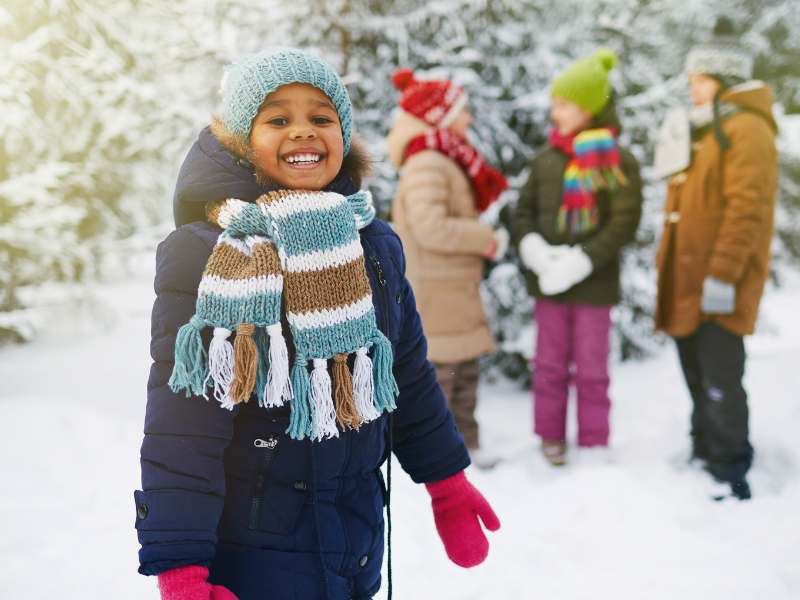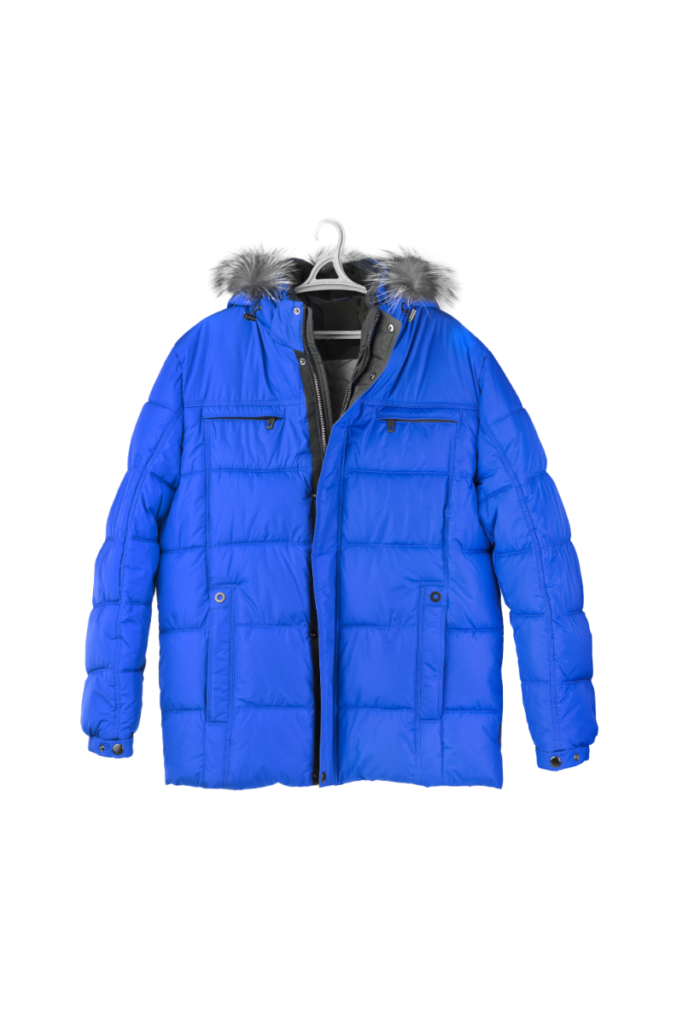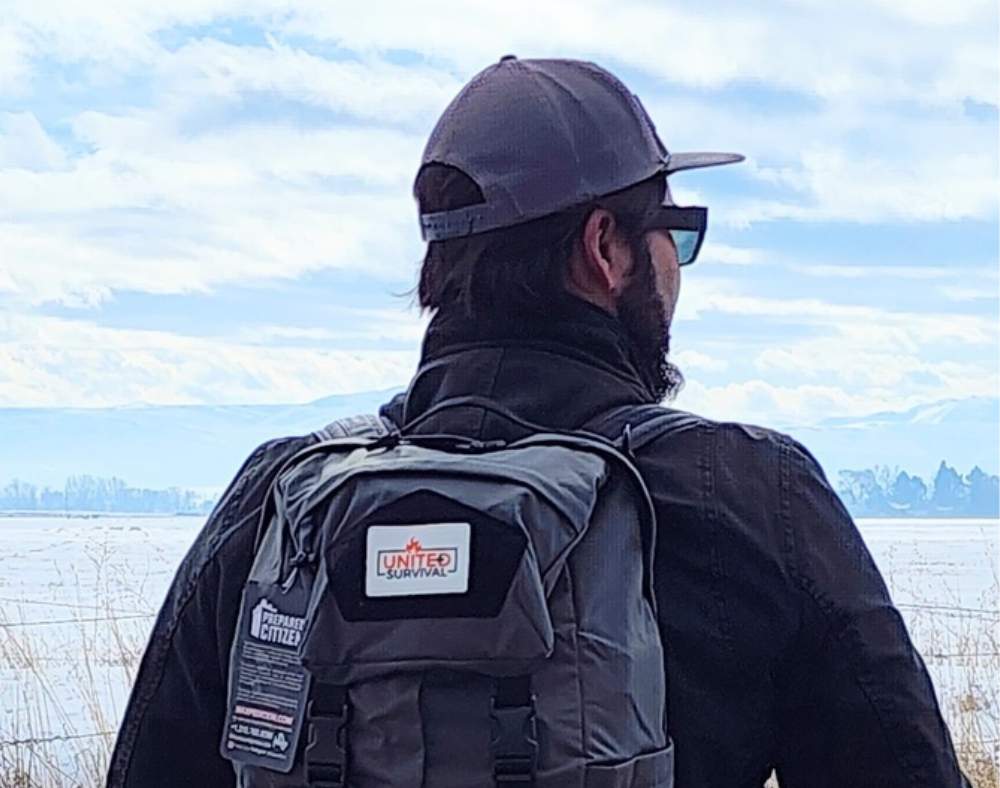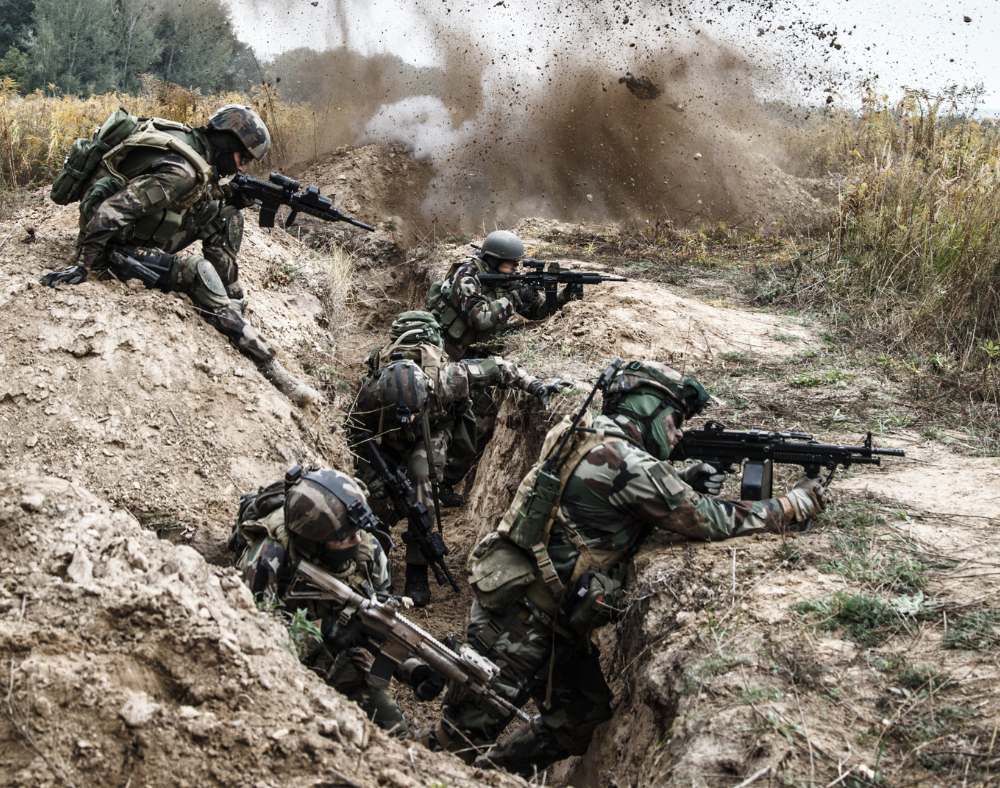
Winter Boots
Why is clothing preparedness important, and why should you do it? I know, for myself, I don’t know how to make clothing, nor do I have the equipment to do it. I can repair gear and clothing but not build from scratch.
I’d imagine most people are in a similar situation. We can take advantage of the here and now when clothes can be had basically anywhere for relatively decent prices.

Those of us with kids know they grow really fast! We purchased Kamik winter boots for our kids a few months ago, and they’ve already outgrown them. They wore them for a whole four months. This got me thinking we should buy them a size big so they will have room to grow and they will last a full season.
This also got me thinking about long-term preparedness and kids clothing. Many of us buy things on sale if possible.
A great time to buy is during the end-of-season sales, particularly the winter end-of-season sales. There isn’t a magic number for how many sizes bigger to buy their gear/clothing for the next winter season. We suggest you think about how often they need to size up and use that to guide you. 1-2 sizes up would be pretty reasonable for younger kids, possibly more for teens. You can also consult pediatric growth charts (easy to find with a quick internet search) for averages and typical increases.
We’ve also used wool (search lamb’s wool for feet on Amazon) to fill the void inside of their boots so they fit better, despite being a size big. You can easily remove/repack the toe of the boot. Wool is also great for adults – I have used it in certain boots because one of my feet is slightly bigger than the other, so the other tends to slide around more in those boots, causing blisters. A bit of wool inside the boot solved the problem.
Winter Clothing

While you can’t exactly stuff their jackets with wool to make them fit, you can add additional layers. We have found the best deals on winter jackets, coats, thermals, and socks to be at Costco.
We buy all of their winter necessities there, short of their boots. We buy them for the next season every year. Something to consider with winter gear is the temperature variation from day-to-day, month-to-month, and year-to-year.
This winter in Idaho, for example, has been very warm compared to last winter. Daily averages are above freezing this year, while last year the daily averages were around 15° F.
When buying ahead of time, it would be a good idea to consider how many layers are needed to make jackets fit, what materials those layers are made of, and how big to buy those layers ahead of time. Some of the jackets we’ve purchased from Costco have a removable liner, which is great for varying temperatures.
Spring/Summer/Fall
You can apply the same principles to the other seasons and keep a rolling schedule of clothing preparedness. This way you can always take advantage of all of the sales and save money, while at the same time maintaining your children’s preparedness.
Pro tip: Remember to cycle out the clothing in your go-bags every season, especially for growing children! We keep their next season’s clothing in their go-bags with additional layers. Then switch them out to storage when spring comes.
We hope this guide has been helpful – and remember to reach out if you ever have any questions!



